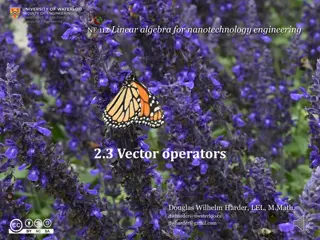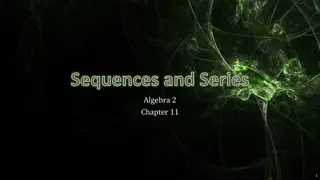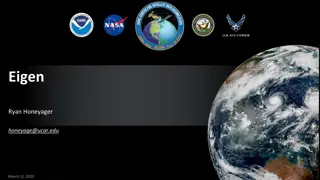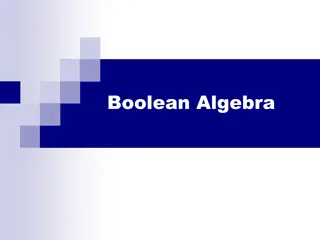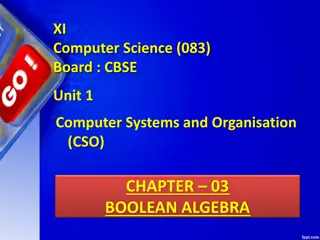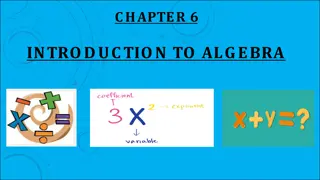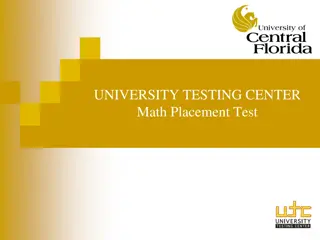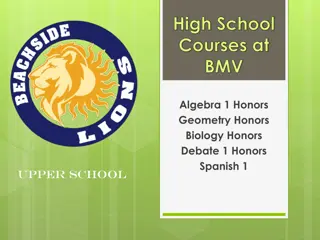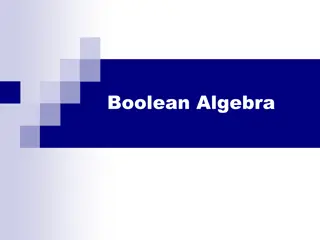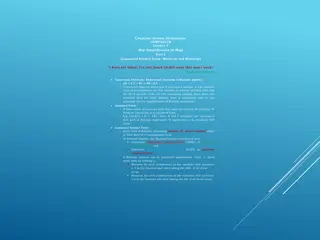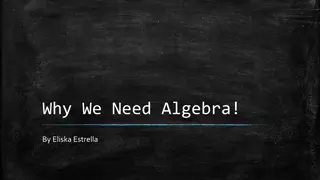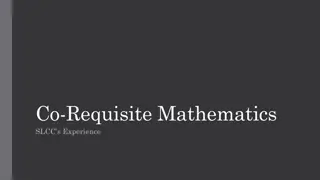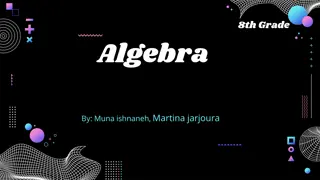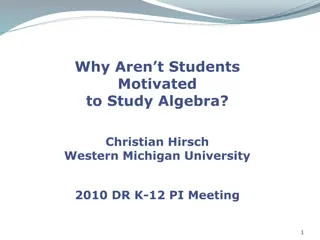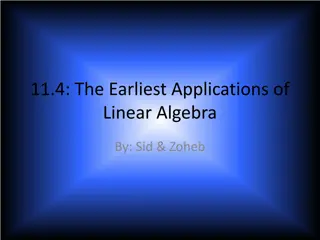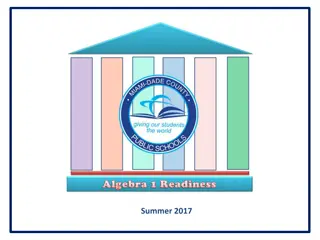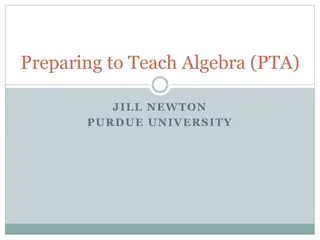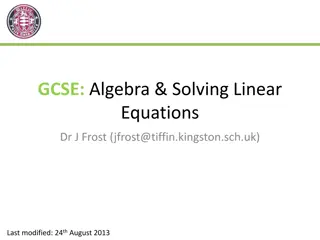Enhancing Algebra II Education for Student Success
Analytical Algebra II focuses on project-based learning with technology integration, aligning with postsecondary preparation standards. Parameters of HEA 1426 ensure course difficulty meets requirements. Considerations emphasize the importance of algebra in college readiness and achieving academic success. Professional development and support resources are planned to facilitate course implementation.
Download Presentation

Please find below an Image/Link to download the presentation.
The content on the website is provided AS IS for your information and personal use only. It may not be sold, licensed, or shared on other websites without obtaining consent from the author.If you encounter any issues during the download, it is possible that the publisher has removed the file from their server.
You are allowed to download the files provided on this website for personal or commercial use, subject to the condition that they are used lawfully. All files are the property of their respective owners.
The content on the website is provided AS IS for your information and personal use only. It may not be sold, licensed, or shared on other websites without obtaining consent from the author.
E N D
Presentation Transcript
Analytical Algebra II Dr. Jennifer Jensen Assistant Director for Curriculum and Instruction Working Together for Student Success @EducateIN
Analytical Algebra II Because of the importance of STEM and workforce needs, an effort was made to make the course applicable, project-based and inquiry-based, with a focus on contextual problems rather than symbol manipulation. As a result of feedback from the field, there is an emphasis on the use of technology to analyze higher order functions in context, as opposed to requiring calculations to be done by hand. IDOE is planning professional development and support resources to help the field with the implementation of this course. @EducateIN
Parameters of HEA 1426 Any course adopted as an alternative to Algebra II must be at a level of difficulty that aligns with postsecondary preparation. MetaMetrics reviewed the proposed standards, finding this condition had been met. The report can be shared upon request. The Dana Center also provided an outside review of the course, and we incorporated the feedback. @EducateIN
Other Considerations Other applied mathematics courses were considered. These courses either required Algebra II or did not meet the difficulty requirement of HEA 1426. College entrance exams (for future accountability) are much heavier in Algebra than geometry, so there is a need to keep students learning algebra. Achieve recommends a minimum of 3 years of math. States, like Indiana, that have an automatic CCR-diploma, have shown a smaller achievement gap. @EducateIN
Questions? @EducateIN


